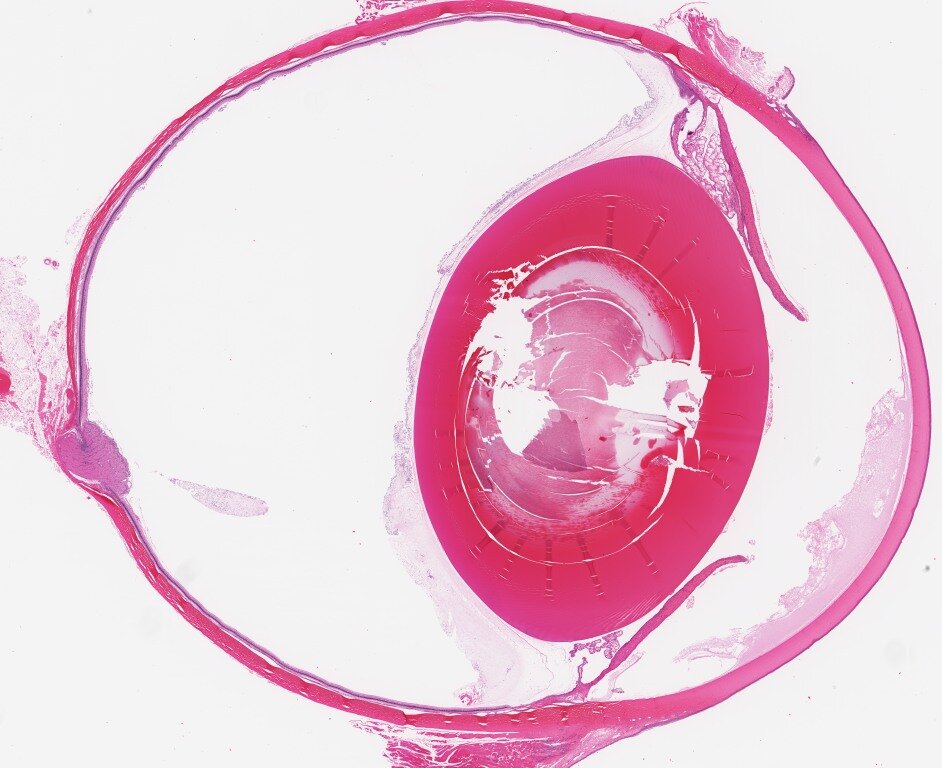The Lens: A Continuous Dynamic Anatomy
The anatomy of the lens is well documented in literature. Basically, the less is surrounded by a capsule divided into anterior and posterior aspects. beneath the anterior capsule, the lens is surrounded by a single cell layer of lenticular epithelium, which is constantly dividing from the proliferative zone towards the equator and elongate further in order to form the lens fibers and meet at the anterior and posterior suture lines.
The lens is normally transparant, a feature That is dependent upon adequate nutrition from the aqueous humor and to a lesser extent the vitreous (Gum et al., 2007). The lens epithelium maintains critical levels of Dehydration in order to maintain transparency by the NA/K ATPase pump, which is driven by an anaerobic glycolytic metabolism.
the main composition of the lens is made by 35% of proteins.
Soluble proteins are called crystallin’s and Insoluble proteins are called albuminoids.
the main alteration of the lens is loss of transparency also called Opacification.
Lenticular changes related to Aging can be explained as follows:
1. Nuclear Sclerosis: Lens fibers are constantly moving inward towards the nucleus which can induce hardening of its lenticular nucleus in aged animals
2. Thickening of the anterior capsule as the anterior lens epithelium continues to deposit basement membrane
3. Change in composition: the amount of crystalline decreases while albuminoids increases



